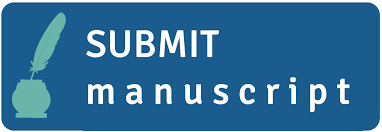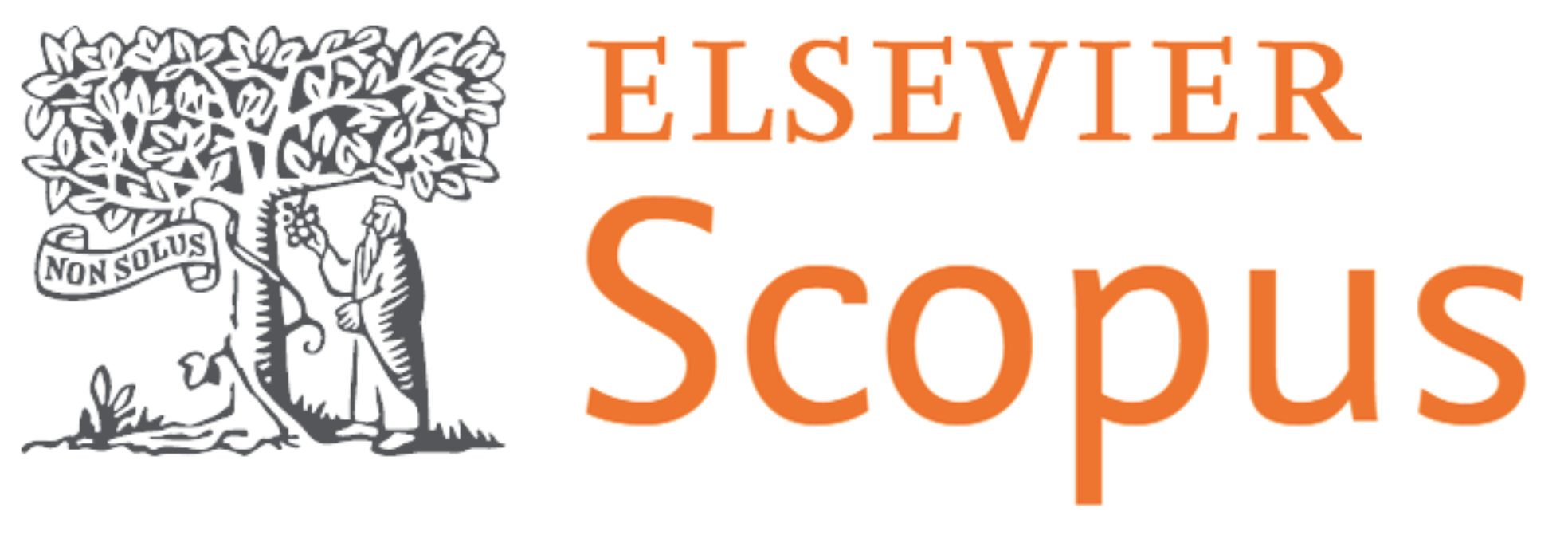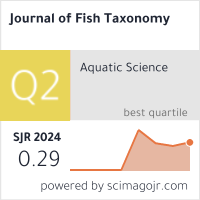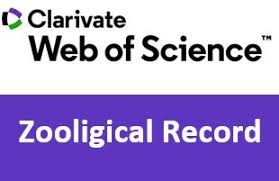Automated DNA Barcoding: A Computational Approach to Fish Species Identification
Keywords:
Automated DNA (ADNA), Computational Approach (CA), Fish Species Identification (FSI)Abstract
Molecular technologies like DNA metabarcoding, which offer a useful identifying tool for biomonitoring and
conservation initiatives, are advantageous to biodiversity research. Accurate species-level categorization and
taxonomic coverage depend on extensive DNA barcode reference libraries. Although the purpose of these
libraries is to facilitate species identification, the accuracy of the barcode may be jeopardized if mistakes are made
during the creation process. This uses the Barcode of Life Data System (BOLD) to automatically audit and
annotate cytochrome c oxidase subunit I (COI) sequencing libraries for a particular taxonomic group of animals.
Based on the characteristics of the data and the extent to which the species names correspond to sequences
arranged in barcode index numbers (BINs), a qualitative grading system is then put into place, giving each species
in the reference library one of five grades (A to E). In order to give researchers, the most accurate and practical
data, we aim to find and classify records based on their congruency. To determine its limitations and usefulness,
several tests were conducted. By rapidly scanning reference libraries to determine the congruence status of data
and assisting in the sorting of ambiguous data for further analysis, BAGS fills a critical need in the present state
of DNA barcoding research tools. As a result, BAGS may be a valuable tool in the subsequent DNA
metabarcoding research, ultimately helping to raise the calibre and dependability of public reference libraries
everywhere. Laboratory information management systems (LIMSs) have been developed to monitor processes
via a process pipeline for molecular biology. This method uses consensus assembly for DNA barcoding,
extraction, PCR, and cycle sequencing to monitor tissues. Importantly, a LIMS serving the DNA barcoding
community must link specimen data to elements generated in the molecular lab that are required for public
submissions (such primers and trace files). Here, we determine a procedure using Geneious bioinformatics
software, from entering the specimen into the LIMS database to publishing the genetic data of the specimen in a
public database. In order to provide structured reporting, post-processing annotation, and fully visible adjustments
to reduce subjectivity and increase repeatability, the connections between workflow steps are maintained
throughout the process.








